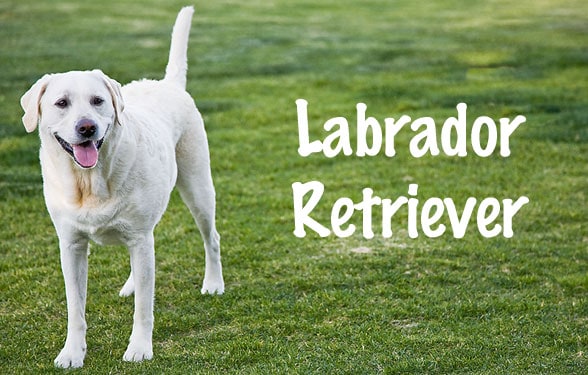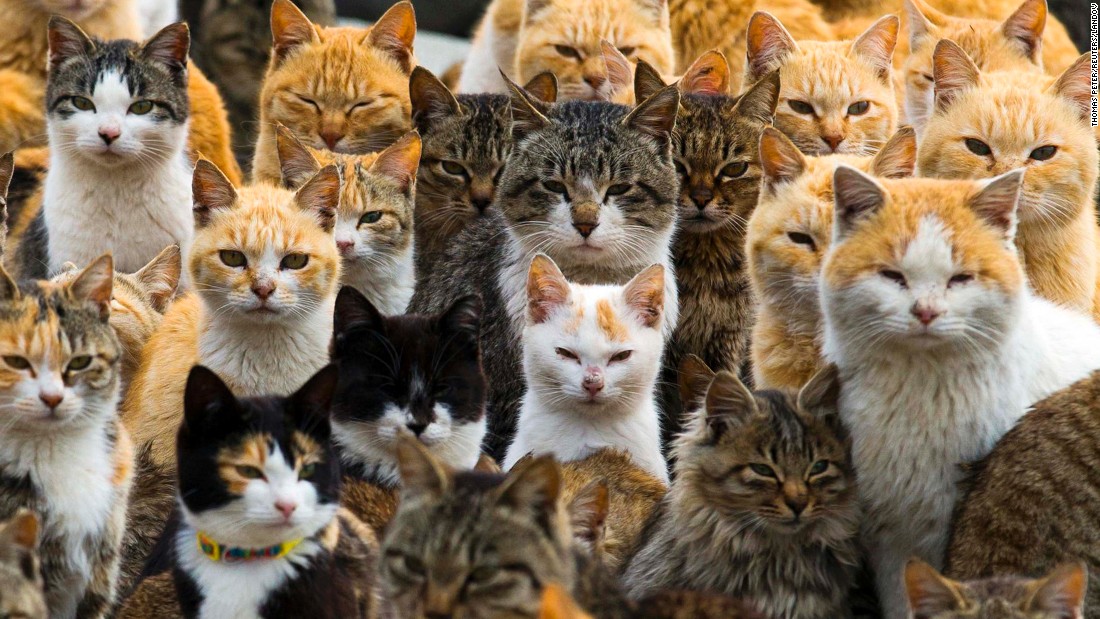The Doberman Pinscher is a dog of contradictions. Although he has a reputation as a sharp and even sinister dog, his devoted fans consider him the most loving and loyal of companions. And no, "loyal" isn't a euphemism for "only likes his owner." It's the real thing, a tremendous bond between dog and human that lies at the heart of the Doberman's enduring popularity. Believe it or not, a good Doberman is a stable, friendly dog -- unless you threaten his family.
But the bad reputation isn't entirely undeserved. Health and temperament problems became a serious issue in the breed with its growing popularity, and continue to plague the carelessly bred dogs you'll find in pet stores, through Internet retailers, and at many of the big kennels advertising in the backs of magazines. If you want the steady, protective, intelligent Doberman of your dreams, be prepared to do your due dilligence to find him.
A Doberman is right for you if you're ready to provide loving leadership to your dog, train him consistently and fairly and give him plenty of exercise and outlet for his considerable intelligence. And don't underestimate that intelligence: the Doberman is among the smartest of all dog breeds, and one whose owners need to pay attention lest they find themselves outsmarted. If you expect your dog to spend his days in the backyard and his evenings keeping you company while you play video games, you’d better be prepared for a barking, bored, destructive dog instead of the devoted companion you thought you were bringing into your home.
Developed as a guard dog, the Doberman has an innate ability not only to protect his family but also to anticipate danger and threats. Because he's so smart, he's not often wrong, but if the Doberman isn't socialized and trained to behave appropriately around strangers, he may show excessive suspicion of guests in your home – suspicion that can turn into aggression.
Many people want a Doberman for purposes of protection, but almost no one really needs a trained protection dog – most people or families simply need a watchdog and a deterrent. The Doberman's reputation, intelligence, instinctive ability to evaluate threats, and his loyalty to and innate protectiveness of his human family are all that's needed to accomplish those goals, so don't get a "trained protection dog" that you don't need and probably can't handle. A well-bred, well-trained, properly socialized Doberman who lives with his family will protect them as part of his nature.
One of the key phrases there is "lives with his family." While some Dobermans are raised successfully in kennel situations, these are working dogs that have demanding and interesting tasks to do that give them the exercise and mental stimulation the dogs need. If your Doberman is a family pet, he needs to live indoors with your family. Otherwise, he'll be lonely, bored and destructive – and less, rather than more, likely to protect you.
If you do share your home with a Doberman, you'll find him to be a fairly easy dog to care for. Just keep his nails trimmed, his body lean and exercised, and brush him weekly to keep shedding to a minimum.
An alert watchdog, the Doberman can be a barker, so help yours develop appropriate barking behavior when young so it doesn't become a nuisance later on.
While most people are familiar only with the black Doberman with rust markings, Dobermans actually come in a number of colors: black with rust-colored markings; blue (actually gray) with rust markings; various shades of red-brown with rust markings; and a light tan color called "Isabella," which also has rust markings.
Be aware that white or cream Dobermans are a genetic mutation that is associated with severe health problems; they are not the prized and expensive rarity some people will try to market them as. There is no test for the albino gene, but good breeders do everything they can to avoid producing albino Dobermans. Avoid these dogs and the breeders who produce and sell them.
Other Quick Facts
The Doberman originated in Germany, created by tax collector Louis Dobermann to keep himself and the taxes he carried safe from thieves.
In the 1950s, long before the advent of agility and freestyle competitions, the Doberman Drill Team thrilled audiences with their amazing physical feats. Today the breed is highly competitive in obedience and agility trials as well as many other dog sports and activities.
The Doberman who is raised with children and other pets will love and protect them and be a good companion for kids.
The first Doberman to win Best in Show at Westminster was Ch. Ferry v Raufelsen of Giralda in 1939. He was followed by his grandson, Ch. Rancho Dobe's Storm, who had back to back wins in 1952 and 1953 and more recently by Ch. Royal Tudor Wild as the Wind in 1989.
The History of Dobermans
Tax collector Louis Dobermann needed a guard dog to keep the monies he carried safe from thieves. To create the intelligent, reliable guard dog that he had in mind, he crossed shorthaired shepherd dogs with Rottweilers, black and tan terriers, and German Pinschers. Sleek dogs such as Greyhounds and Weimaraners may also have been part of his “recipe.”
Before long, he was producing dogs of a distinct type. The first Doberman Pinschers, as they became known, were seen at a dog show in Erfurt, Germany, in 1897. Three years later the breed received official recognition as a German breed.
The American Kennel Club registered its first Doberman in 1908, and the Doberman Pinscher Club of America was formed in 1921. Throughout their history, Dobermans have made a name for themselves as police and military dogs.
During World War II, the United States Marine Corp used Dobermans in combat as sentries, messengers, and scouts. While liberating Guam, 25 Marine war dogs died. Dobermans are seen in archival footage of the battle on Okinawa, one of the bloodiest conflicts in American history. In 1994 a bronze memorial statue of a Doberman commissioned by the United Doberman Club was erected in Guam. The memorial is called "Always Faithful." In 2001 when the World Trade Center towers collapsed, search and rescue Dobermans looked for survivors and bodies at Ground Zero.
The Doberman still has a fearsome reputation, but the secret that has made him one of the AKC’s most popular breeds over the years is his devotion to and love for his family. It’s no wonder that the Doberman is 14 th in AKC registrations, up from 23 rd a decade ago.
The Doberman Temperament and Personality
The Doberman’s qualities of intelligence, trainability and courage have made him capable of performing many different roles, from police or military dog to family protector and friend. The ideal Doberman is energetic, watchful, determined, alert and obedient, never shy or vicious. That temperament and relationship with people only occurs when the Doberman lives closely with his family so that he can build that bond of loyalty for which he is famous. A Doberman who is left out in the backyard alone will never become a loving protector but instead a fearful dog who is aggressive toward everyone, including his own family. Never do that to a dog. When the Doberman is loved, socialized and trained, there is no more wonderful companion.
The perfect Doberman doesn’t come ready-made from the breeder. Any dog, no matter how nice, can develop obnoxious levels of barking, digging, countersurfing and other undesirable behaviors if he is bored, untrained or unsupervised. And any dog can be a trial to live with during adolescence.
Start training your puppy the day you bring him home. Even at eight weeks old, he is capable of soaking up everything you can teach him.
Don’t wait until he is 6 months old to begin training or you will have a more headstrong dog to deal with. If possible, get him into puppy kindergarten class by the time he is 10 to 12 weeks old, and socialize, socialize, socialize. However, be aware that many puppy training classes require certain vaccines (like kennel cough) to be up to date, and many veterinarians recommend limited exposure to other dogs and public places until puppy vaccines (including rabies, distemper and parvovirus) have been completed. In lieu of formal training, you can begin training your puppy at home and socializing him among family and friends until puppy vaccines are completed.
Talk to the breeder, describe exactly what you’re looking for in a dog, and ask for assistance in selecting a puppy. Breeders see the puppies daily and can make uncannily accurate recommendations once they know something about your lifestyle and personality. Whatever you want from a Doberman, look for one whose parents have nice personalities and who has been well socialized from early puppyhood.































